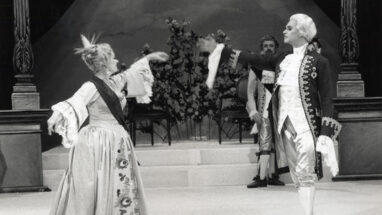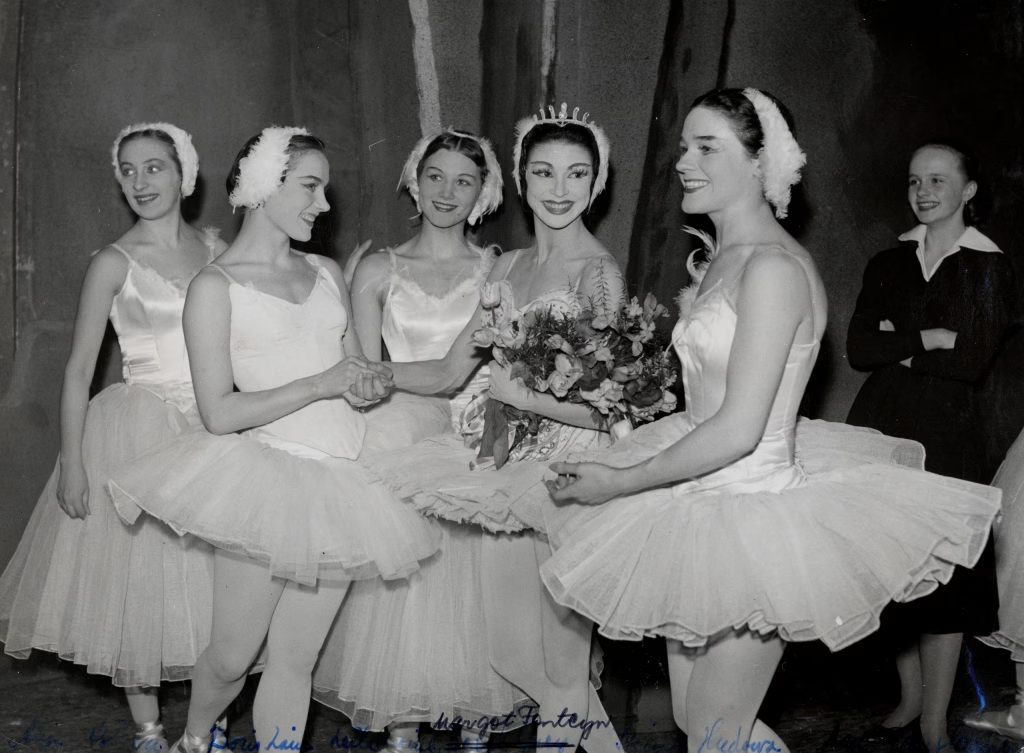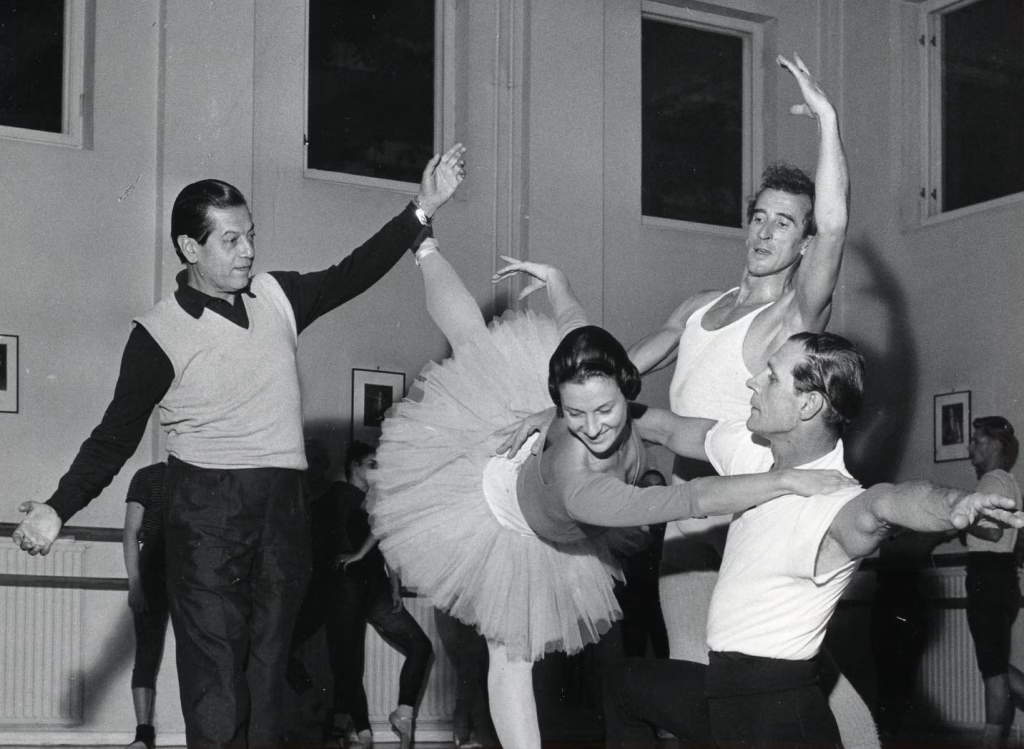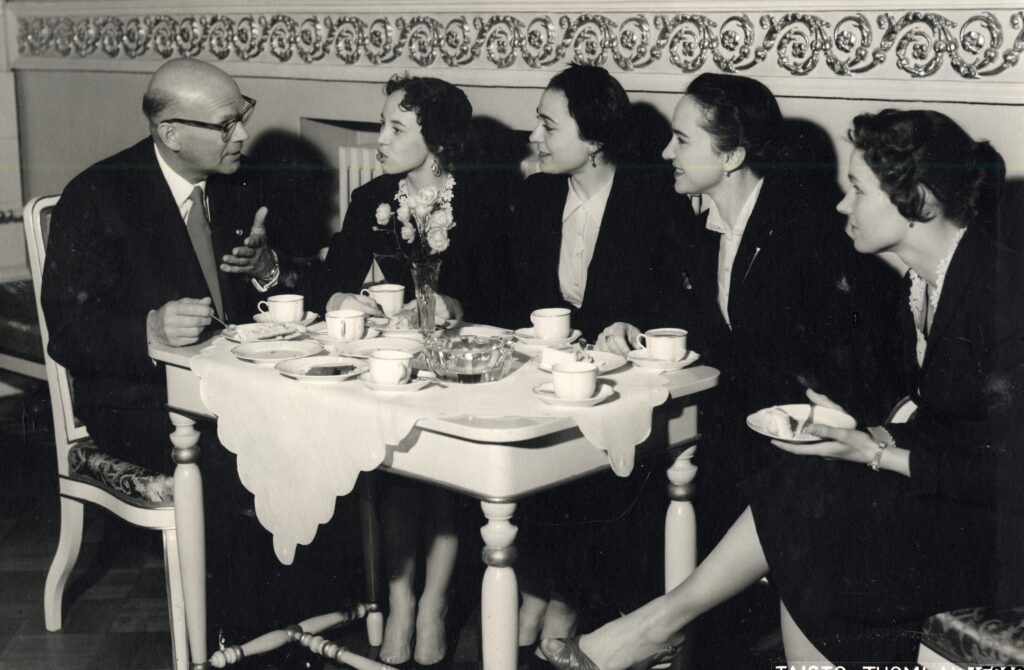The decades of internationalisation that followed World War II brought guest stars to the Finnish Opera Ballet from many of the world’s leading ballet companies. Despite the Cold War, top talents from the east and west came together every spring at an international ballet festival in Helsinki, which was coordinated by Finance Manager Alfons Almi.
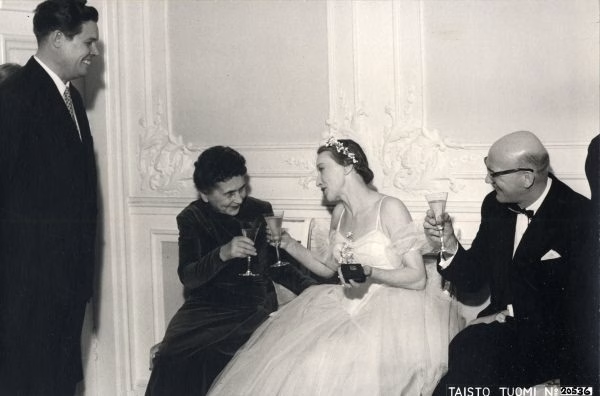
Soviet stars shine in Helsinki
The first visiting ballet performances from the Soviet Union took place in Helsinki soon after the war in 1945. These politically oriented visits were organised by the Finnish Soviet Union Society and aimed to show Finns the high cultural standards of the Soviet system. Finland was one of few countries on the west side of the Iron Curtain that received cultural visitors from the Soviet Union.
Soon after Stalin’s death, in 1954, the Soviet Union started to open up to the west and introduced cultural exchange programs. The Finnish Opera grasped the opportunity with enthusiasm and was one of the first western establishments to co-operate directly with the Soviet Union. Thanks to Alfons Almi’s astute negotiation, some of the brightest stars of the Soviet ballet scene were seen in Helsinki at a reasonable cost. At this stage, the visits were already for the sake of art rather than ideology.
Initially, co-operation with the Soviet Union focused on visits of the Bolshoi Theatre from Moscow. The first international ballet festival in Helsinki in 1957 featured as many as 26 Bolshoi stars, who performed Swan Lake and The Fountain of Bakhchisaray together with the resident dancers of the Finnish Opera. The Leningrad Malyi Theatre Ballet visited the Finnish Opera later that autumn.
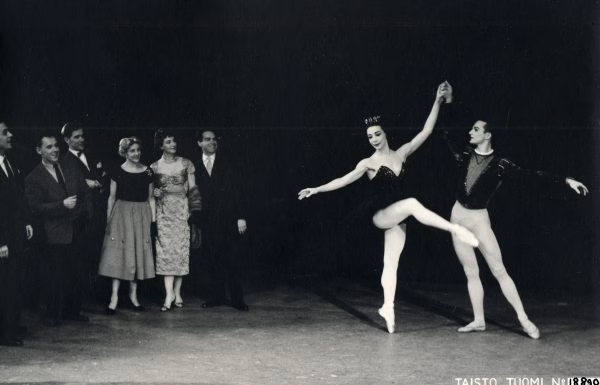
The Cold War is forgotten onstage
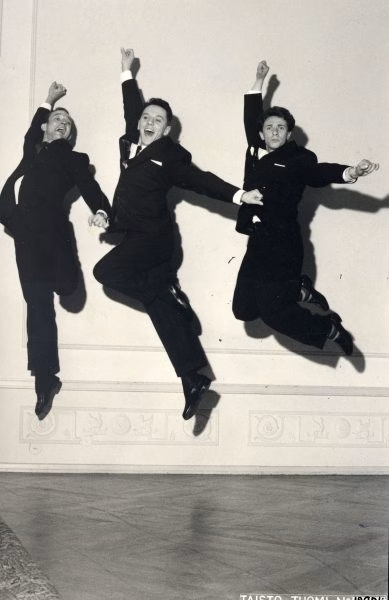
The post-war decades were a golden age for the Finnish Opera Ballet, featuring performances from many renowned guests from the west, too. Russian and American starts met for the first time during the Cold War at Helsinki’s international ballet festival, when dancers from the American Ballet Theatre and leading Russian ballet companies had dinner with their Finnish colleagues. The evening continued with dance and a playful jump competition. This successful encounter of the east and west in Finland led to the American Ballet Theatre touring the Soviet Union and the Bolshoi Ballet performing in the United States. It also brought Finland valuable international visibility and opportunities to visit abroad.
In the 1950s and 1960s, leading Western European dancers performed frequently in Helsinki. The British star Margot Fonteyn, one of the most famous ballerinas of the 20th century, danced in Helsinki five times, and Beryl Grey visited twice. Guest performers from France included the stars of Paris Opera Ballet, Claude Bessy and Attilio Labis.
The close relationship with the east continued, too, with regular visits by international top talent. Maya Plisetskaya, the iconic star of Russian ballet, danced in a total of nearly 20 performances of the Finnish Opera Ballet from 1960 to 1973 and even The Dying Swan in gala performance at the new Opera House in 1993. In 2007, she sat in the audience of the premiere of Anna Karenina, together with her husband Rodion Shchedrin who had composed the ballet. Other notable visiting dancers from the Soviet Union included Galina Ulanova, Raisa Struchkova and Nikolai Fadeyetchev.
Entire ballet companies that visited the Finnish Opera Ballet in the 1960s include the Hungarian State Opera Ballet, Bavarian State Opera Ballet, Estonia Theatre Ballet, the Royal Ballet of London, and the Royal Ballets of Sweden and Denmark.
The Finnish Opera paid international dancers modestly for their visits, claiming that better compensation was impossible for such a small venue. The minute stage of the Alexander Theatre was also a challenge for dancers who were used to the grand theatres of Soviet and Western European metropoles. In Helsinki, they had to adapt to having much less space. Thanks to the warm ambience and enthusiastic audience of the intimate venue, however, global stars still returned to Helsinki time after time. For many of them, Helsinki also provided a convenient stopover on the way to the famous ballet stages of the Soviet Union.
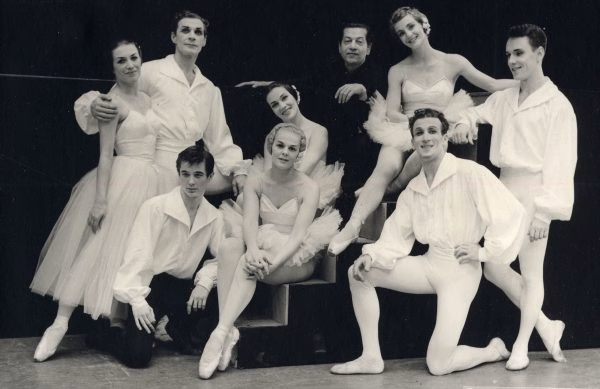
Collaboration behind the scenes
Besides inviting guest artists to perform in Helsinki, the Finnish Opera Ballet collaborated with international ballet companies behind the scenes. The choreographer of The Fountain of Bakhchisaray, Rostislav Zaharov, came to Helsinki to oversee the rehearsals of his work at the Finnish Opera Ballet even before the Bolshoi Ballet first came to Finland. After this, the company started to work with different choreographers and répétiteurs every year. The fact that Finland was the only country in the west to receive guest choreographers from the Soviet Union was a significant advantage to the Finnish Opera Ballet. Leonid Lavrovsky’s The Stone Flower’s first performance outside the Eastern Bloc, for example, took place in Helsinki. What’s more, Finnish dancers’ ballet shoes were bought from Bolshoi Ballet.
The Finnish Opera Ballet worked together with leading choreographers from the west, too, most importantly with Serge Lifar, the director of Paris Opera Ballet. He rehearsed his choreographies for Romeo and Juliet and Suite en blanc in Helsinki in 1960. Renowned around the world for his curious antics, such as playful duels, Lifar attracted considerable media interest in Finland.
Notable guests keep coming
The 1960s saw the number of foreign guest stars decline, but world-leading dancers have still performed at the Finnish National Ballet throughout the decades. The most famous visiting ballet stars at the new Opera House have included Roberto Bolle, Sylvie Guillem, Oliver Matz, and Elisabeth Platel. The New Year’s gala performances of Jorma Uotinen’s director tenure in the 1990s featured international dancers from Carla Fracci to Emmanuel Thibault, Paloma Herrera, Angel Corella, Irina Dvorovenko, Maxim Belotserkovsky, Jean-Guillaume Bart, and Agnes Letestu.
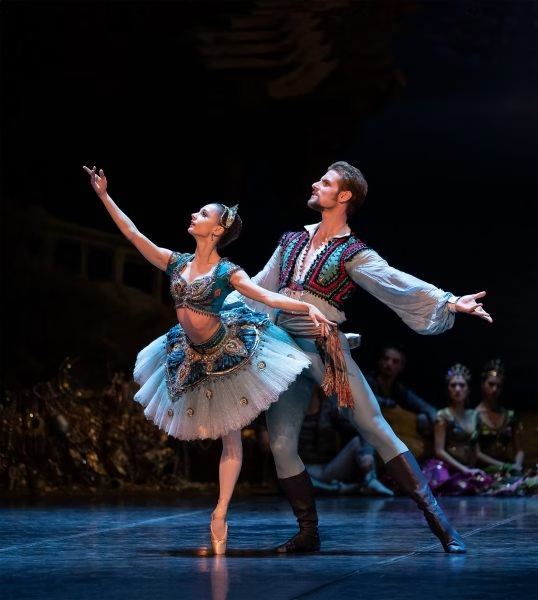
Guest stars in the 2010s included Polina Semionova, Svetlana Zakharova, Tamara Rojo, Isabelle Ciaravola, Friedemann Vogel, and Aleksei Timofeyev. The exceptional circumstances during the COVID-19 gave the Finnish National Ballet a unique opportunity to recruit Maria Kochetkova for the 2020–2021 season, during which she danced in The Pirate – Le Corsaire before performances were interrupted by the pandemic. The most memorable ballet company visits in the 2000s have been by Nederlands Dans Theater in 2007, the Mariinsky Ballet in 2010, and the Boston Ballet in 2012.
Foreign choreographers, répétiteurs and dance teachers have become increasingly frequent at the Finnish National Ballet, as the company has begun to perform world-leading choreographers’ work. The repertoire has comprised choreographies by Patrice Bart, Natalia Makarova, Sylvie Guillem, John Neumeier and Heinz Spoerli. In addition to this, Mats Ek, Jiří Kylián, Ohad Naharin and William Forsythe have overseen the rehearsals of their contemporary dance works at the Finnish National Ballet.
Text JUSSI ILTANEN
Photos THE ARCHIVES OF THE FINNISH NATIONAL OPERA AND BALLET Taisto Tuomi, Roosa Oksaharju)
Further reading
Juhani Koivisto: Suurten tunteiden talo (WSOY 2011)
Laakkonen et. al. (edit.): Se alkoi joutsenesta. Sata vuotta arkea ja unelmia Kansallisbaletissa (Karisto 2021)
Suomen kansallisbaletti 90 (Suomen kansallisbaletti 2012)
Irma Vienola-Lindfors & Raoul af Hällström: Suomen Kansallisbaletti 1922–1972 (Fazer 1981)
Other sources:
The archives of the Finnish National Opera and Ballet
Askelkuvioita ja rytminvaihdoksia 6: Tässä teille balettia Neuvostoliitosta! Podcast, Yle Areena 2021.
Watch on Yle Areena
Watch on Elonet
Listen at Yle Areena
Recommended for you
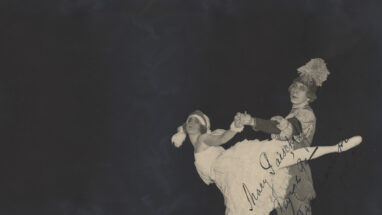
The Finnish Opera establishes a ballet company
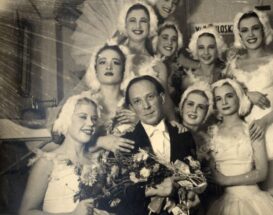
Gé, Saxelin, Gé, Saxelin…
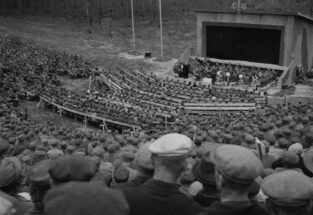
Tours for soldiers and sad news from the front

Summer tours and films bring ballet to the entire nation
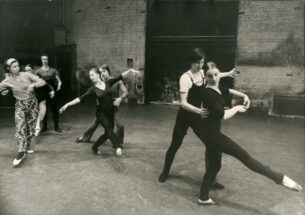
Ballet masters change, Sylvestersson remains
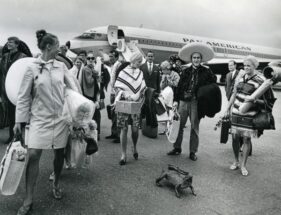
The Finnish National Ballet as an ambassador for Finland

From a private ballet academy to professional education
